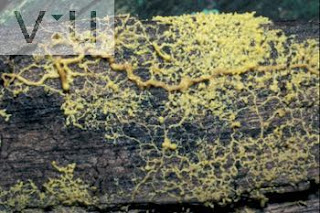Here are some pics I took while helping Don set up for the craft show. They're not very exciting, but some of the ones of the interior of the Smithsonian are very pretty and some of the pics can maybe be helpful in visualizing what it looks like before the show starts.
Even though I was just setting up, I had a really good time with Don. He's so funny and laid back, and his work is absolutely gorgeous. The pictures I took really don't do his work any justice. In person, the colors in the glass he uses are so gorgeous and his forms and textures are so unique. I've never been a fan of glass jewelry until yesterday when I saw how amazing it can actually be when it's done by the right person.
If any of you don't have class on Friday or have free time on Saturday I would definitely suggest coming out to see all of the beautiful art that is going to be there.
Here's what I copied and pasted from smithsoniancraftshow.org:Thursday: 10 a.m. to 8 p.m.
Friday: 10 a.m. to 6 p.m.
Saturday: 10 a.m. to 6 p.m.
Sunday: 11 a.m. to 5 p.m.
Daily Admission $15
Seniors, Students, Military, and Smithsonian Associates $12
Daily Booth Chats
Talk with artists - Learn how they work.
Welcome to the 26th Annual Smithsonian Craft Show.
The nation's most prestigious juried exhibition and sale of contemporary American craft takes place from April 10 through April 13, 2008. Come to the historic National Building Museum in Washington, DC to discover delightful, one-of-a-kind and limited edition craft objects in 12 different media: basketry, ceramics, decorative fiber, furniture, glass, jewelry, leather, metal, mixed media, paper, wearable art and wood.
The 120 exhibitors in this year's show include emerging artists and master craftsmen, 39 of whom are first-time participants. Twelve of those selected were also first-time applicants to the show. Three of the exhibitors were accepted in two categories. All were chosen by a panel of expert jurors from a highly competitive field of close to 1,400 applicants.
pretty fountain in the center

huge, beautiful columns

random people setting up (all of their booths were black and boring - Don had beautiful burnt orange silk drapery)

Don's area before we set up

frame and curtains up

display cases put together

Some of Don's work





















































